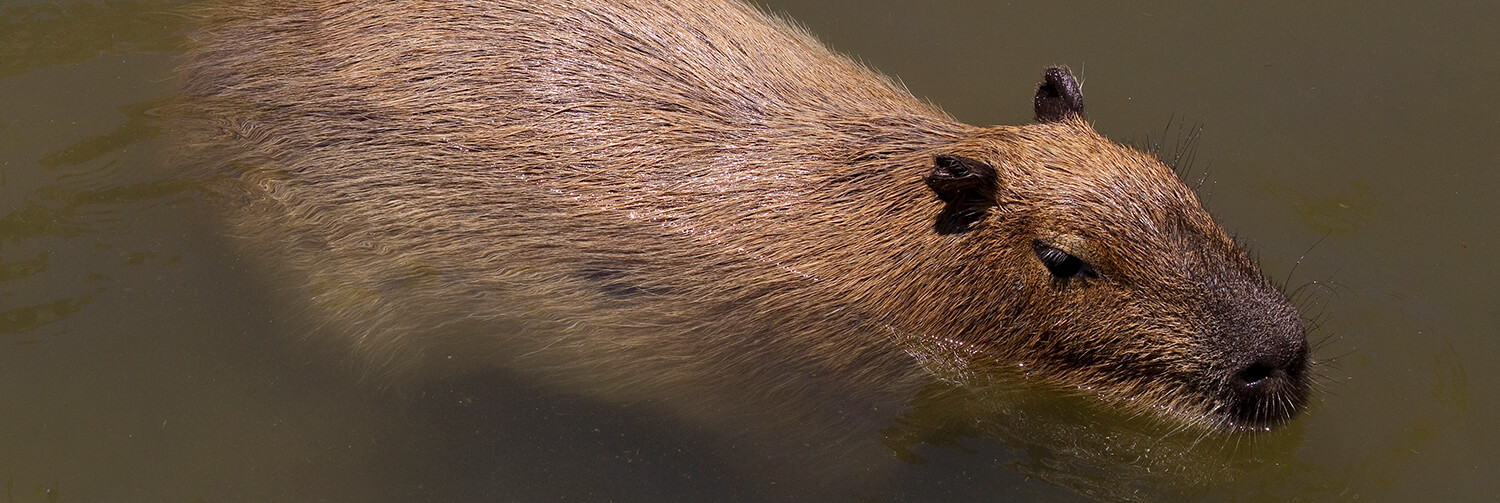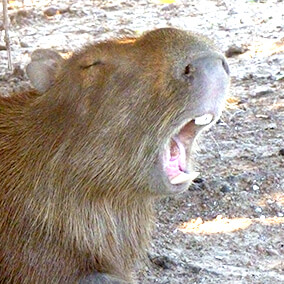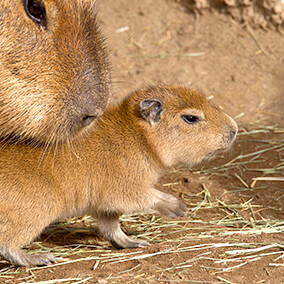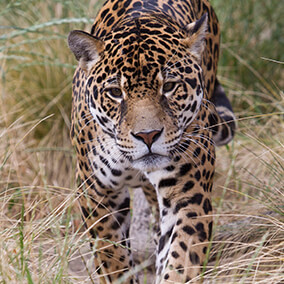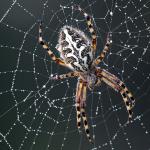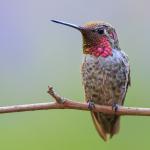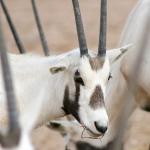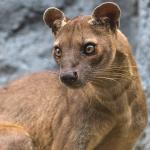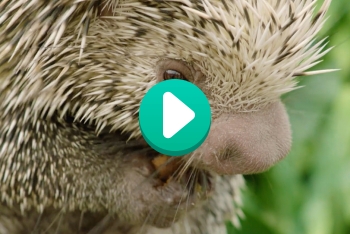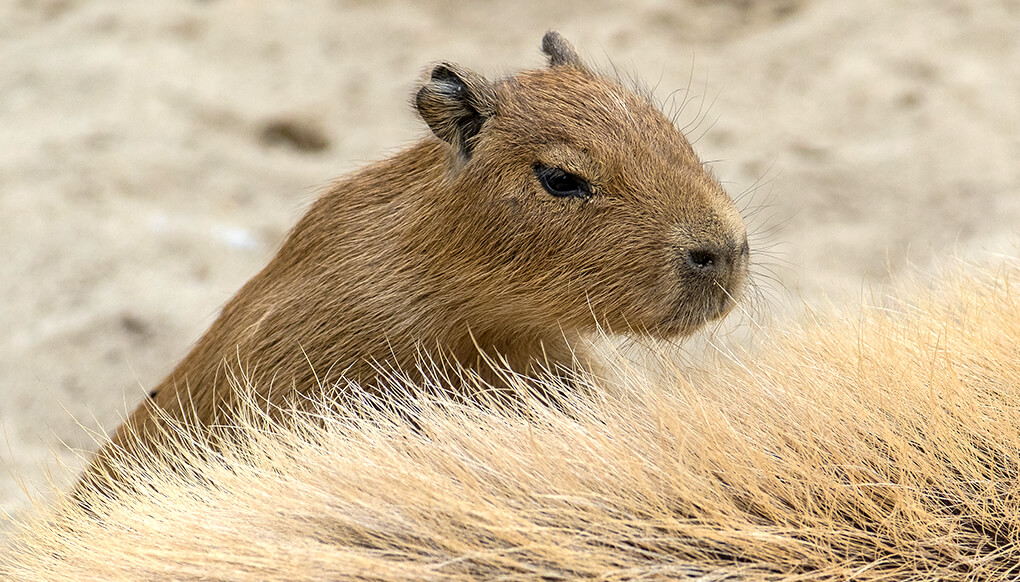
Capybara

Mammals


Stable
facts


Capybaras like to eat grass and water plants. During the dry season, fresh grasses and water plants dry up. Then, capybaras eat reeds, grains, melons, and squashes.

Capybaras live along riverbanks; beside ponds; and in swampy, marshy or grassy areas at the edges of bodies of water.
description
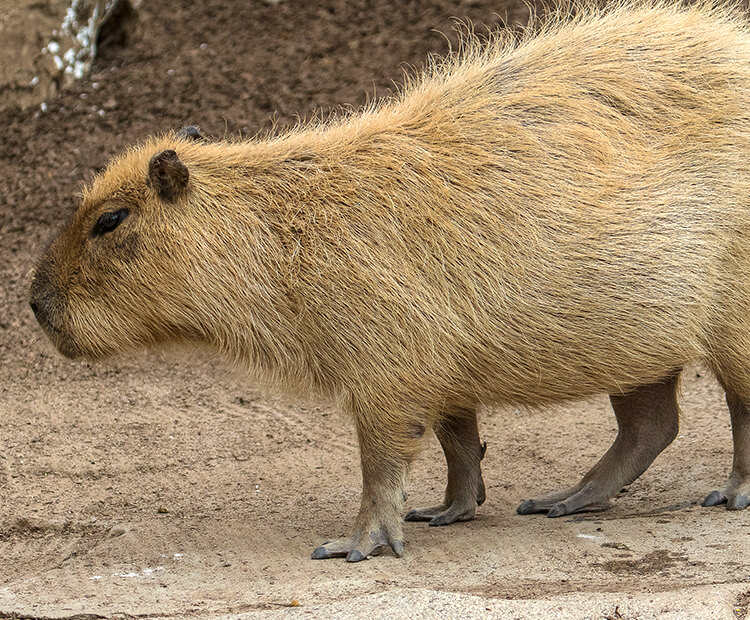
Rodents of unusual size
People used to think that capybaras were a kind of pig. Their scientific name (Hydrochoerus) means “water hog.” Actually, capybaras are rodents. They are related to guinea pigs, hamsters, and mice. In fact, they are the biggest kind of rodent.
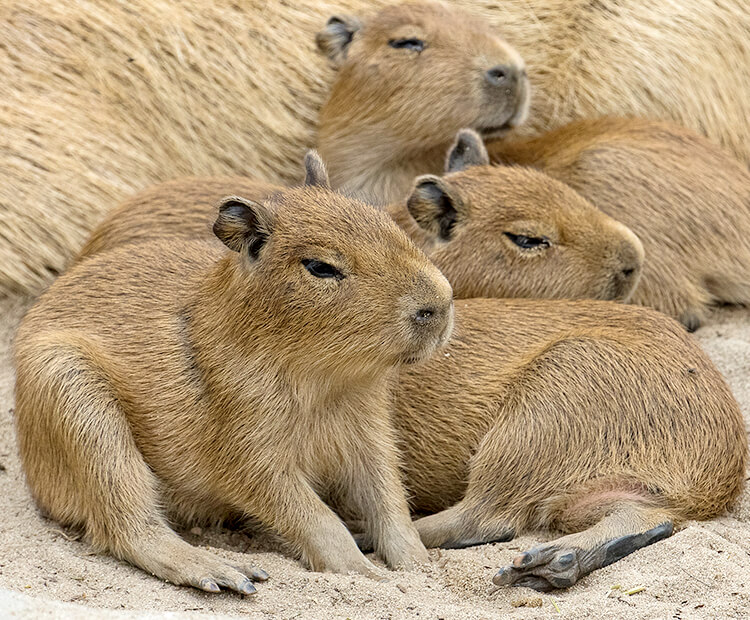
So, so social
Capybaras live in groups. In the dry season, you might find up to a hundred of them together at a water source. All the females in a group help to care for and even nurse each other’s babies.
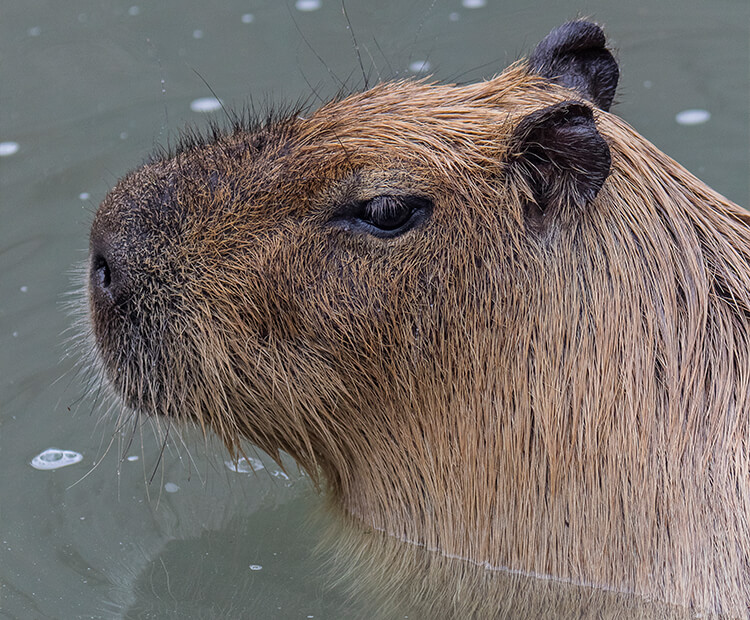
Water, water, everywhere
Capybaras keep cool during a hot day by wallowing in shallow water and mud. They escape from danger by plunging underwater for up to five minutes at a time. A capybara’s eyes, ears, and nostrils are all near the top of its head. With the rest of its body hidden underwater, a capybara can learn everything it needs to know about its surroundings.

